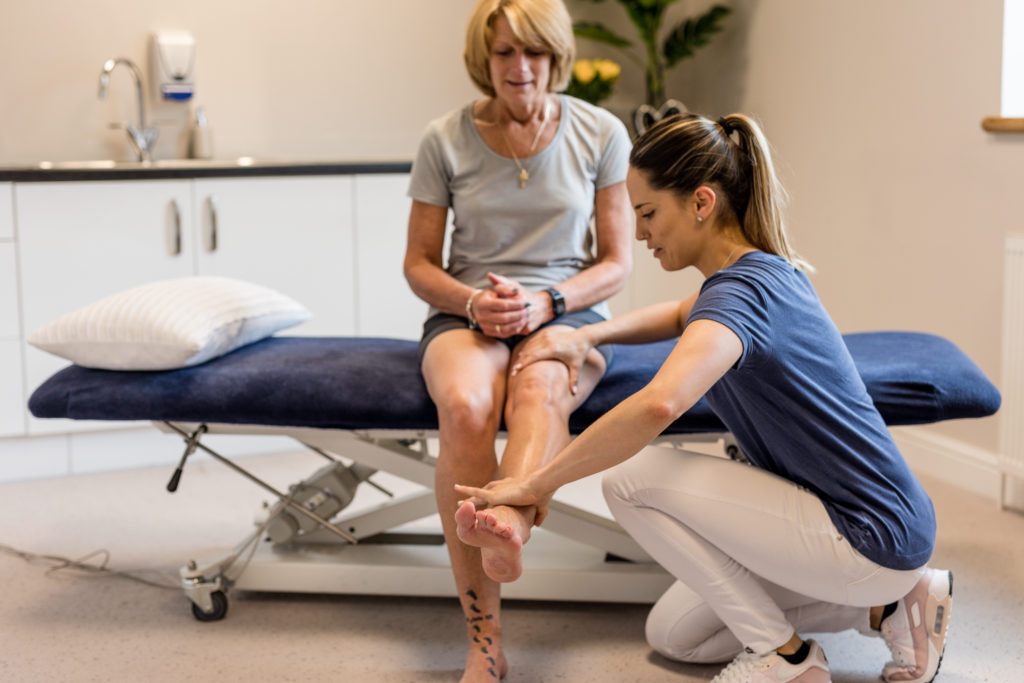Sciatica: What you need to know

Sciatica (sometimes referred to as radiculopathy) is a term (not a condition) that is used to describe symptoms of leg pain, tingling, numbness, or weakness that travels down the back of the leg via the sciaticnerve.
The Sciatic Nerve and Sciatica
- The sciatic nerve is the largest single nerve in the human body and is made up of individual nerve roots that start by branching out from the spine in the lower back and then combine to form the “sciatic nerve.
- The sciatic nerve runs from the lower back, through the buttock, and down the back of each leg.
Sciatica Nerve Pain
Sciatica is often characterised by one or more of the following:
- Constant pain in only one side of the buttock or back of the leg (it rarely occurs in both legs)
- Pain becomes worse when sitting
- Leg pain that is described as being burning, tingling, or searing.
- Weakness, numbness, or difficulty moving the leg, foot, and/or toes
- A sharp pain that makes stand up or walking difficult.
- Pain that radiates down the leg and possibly into the foot and toes (it rarely occurs only in the foot)
Sciatic pain varies in presentation, from infrequent and irritating to constant and incapacitating. Symptoms based on the location of the irritated nerve.

Risk factors for sciatica include:
- Age: Age-related changes such as herniated discs and bone spurs from degenerative changes are the most common causes of sciatica.
- Obesity: Excessive body weight can contribute to spinal changes that trigger sciatica by placing excessive stress on the joints of the lower back.
- Occupation: Twisting your back, carrying heavy loads or driving for long periods might play a role in sciatica, but there’s no conclusive evidence of this link.
- Prolonged sitting: People who sit for prolonged periods or have a sedentary lifestyle are at greater risk in developing sciatica.
- Diabetes: This condition, which affects the way your body uses blood sugar, increases your risk of nerve damage.
How is sciatica diagnosed?
Sciatica is diagnosed with a thorough medical history and physical exam. X-rays and other diagnostic imaging tests may be required to help find the cause of the sciatica if manual therapy is not effective.
Physiotherapy treatment
Treatment will depend on the cause of the pain (Sciatica). A thorough assessment is imperative for the diagnosis of the root cause of the problem. Treatment may include education, spinal manipulations, myofascial release of the muscles, needling, cupping, stretches and strengthening exercises to improve stability and strength.
My life saving tips:
- Make sure you are not sitting on your wallet or cell phone. Often this may cause compression of the nerve = sciatica.
- Ensure you are sitting with equal weight between right and left side. One often leans to one side when preforming desk jobs or when on a computer.
- If you are sitting for long hours, be sure to take regular breaks (every 1-2 hours) where you walk around or preform standing stretches.
https://www.spine-health.com/conditions/sciatica/sciatica-causes
http://www.mayoclinic.org/diseases-conditions/sciatica/basics/symptoms/con-20026478






